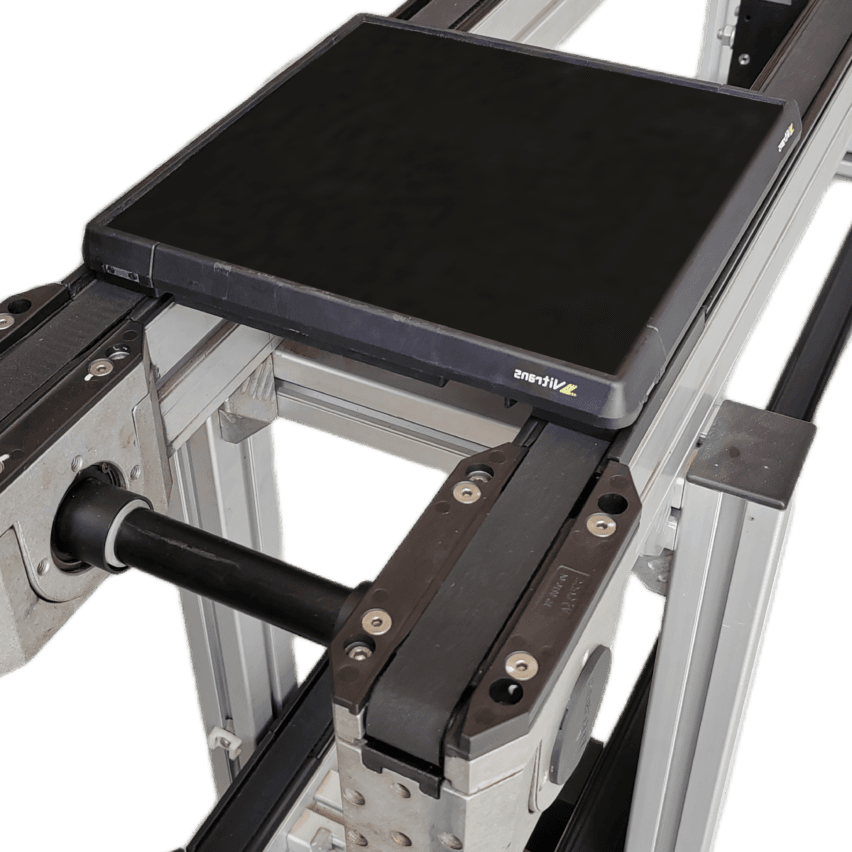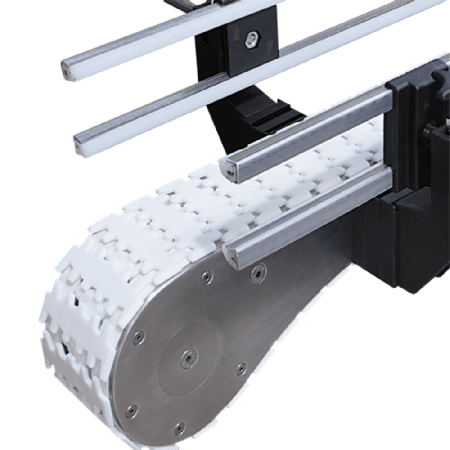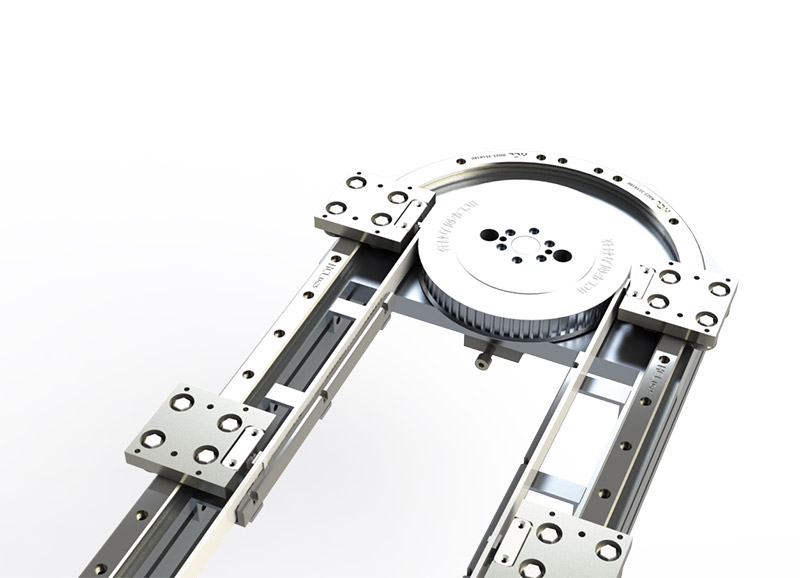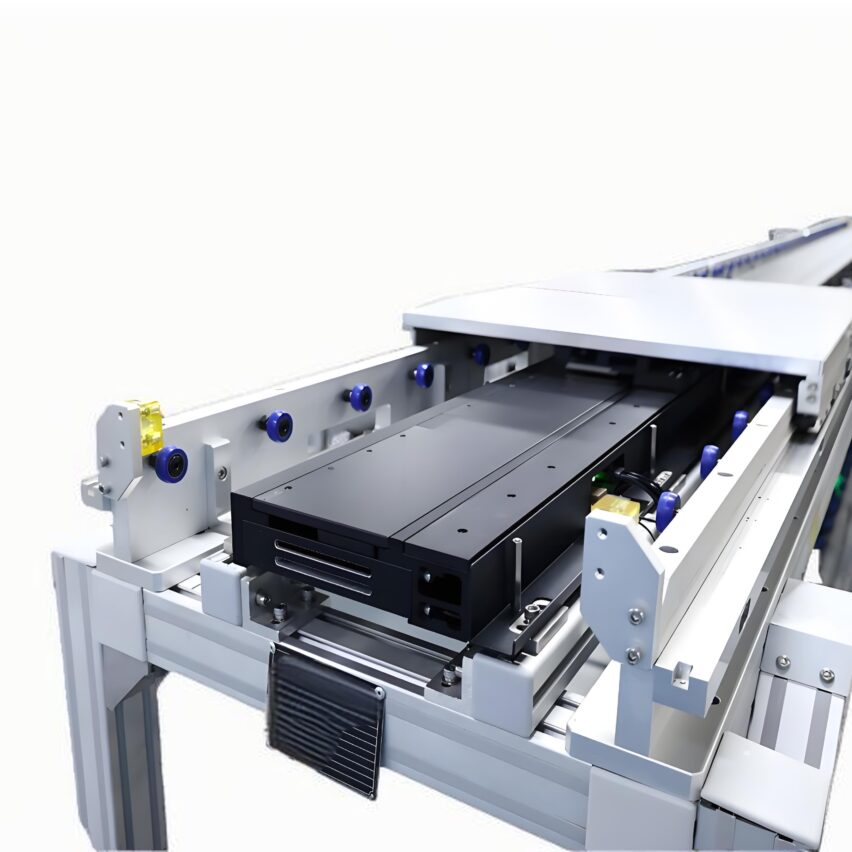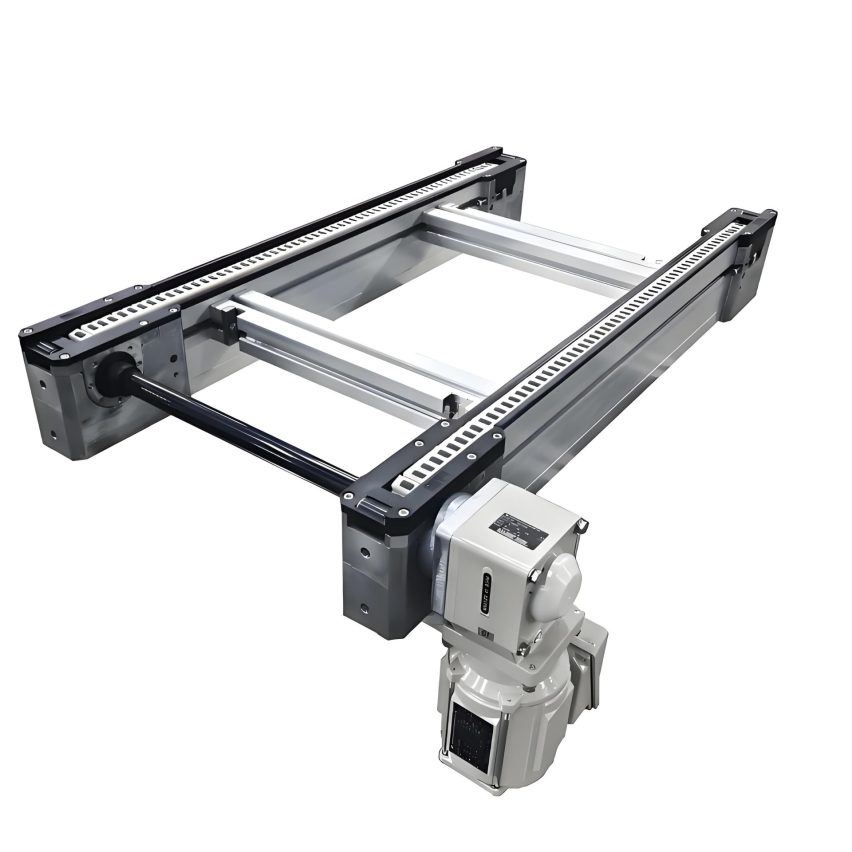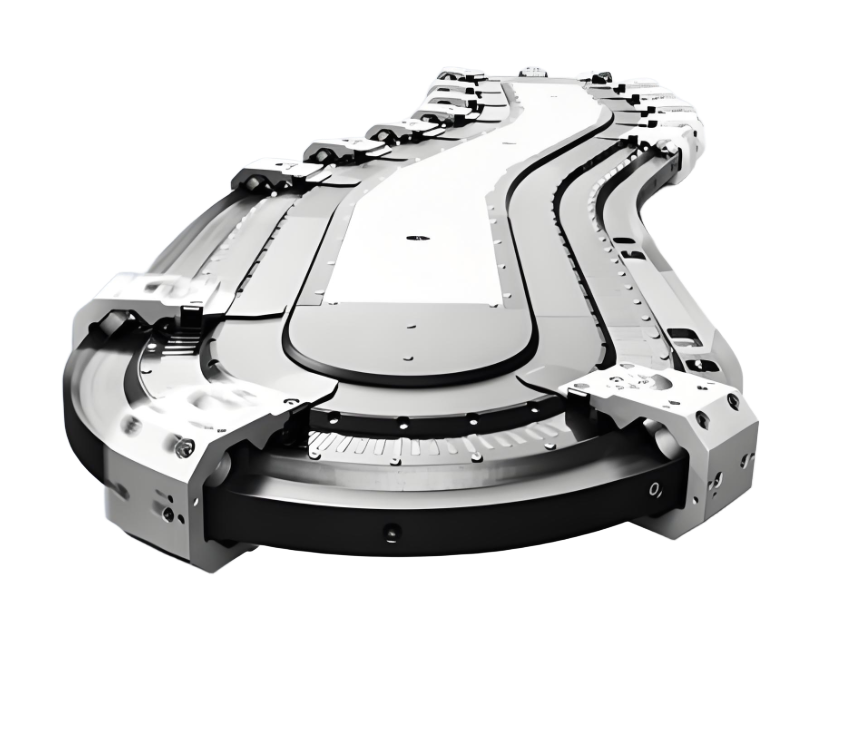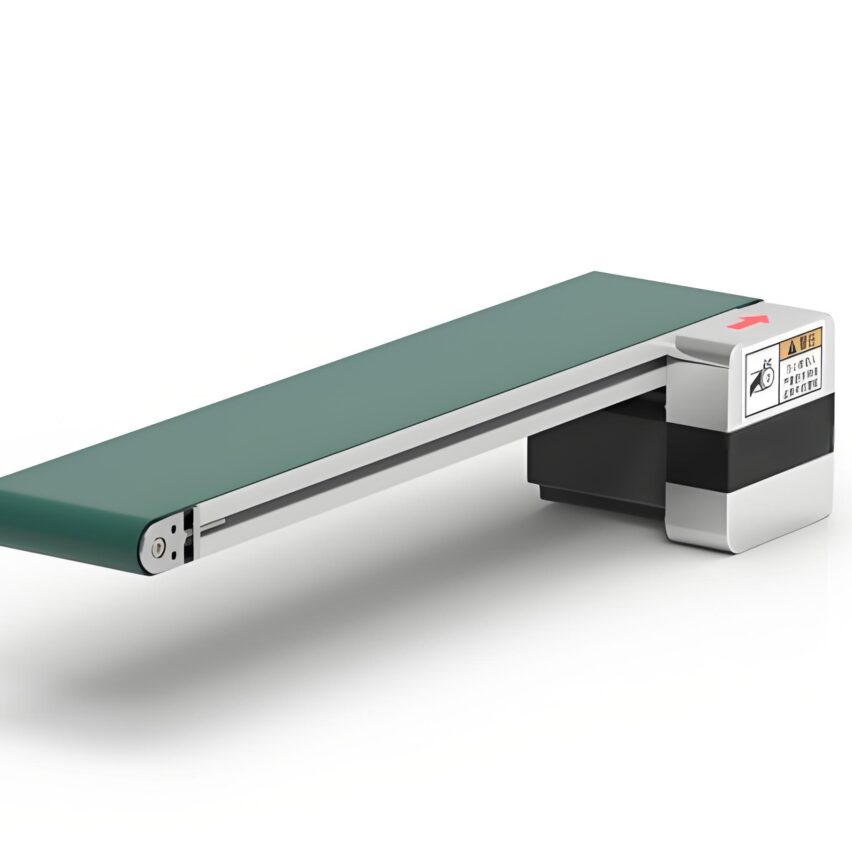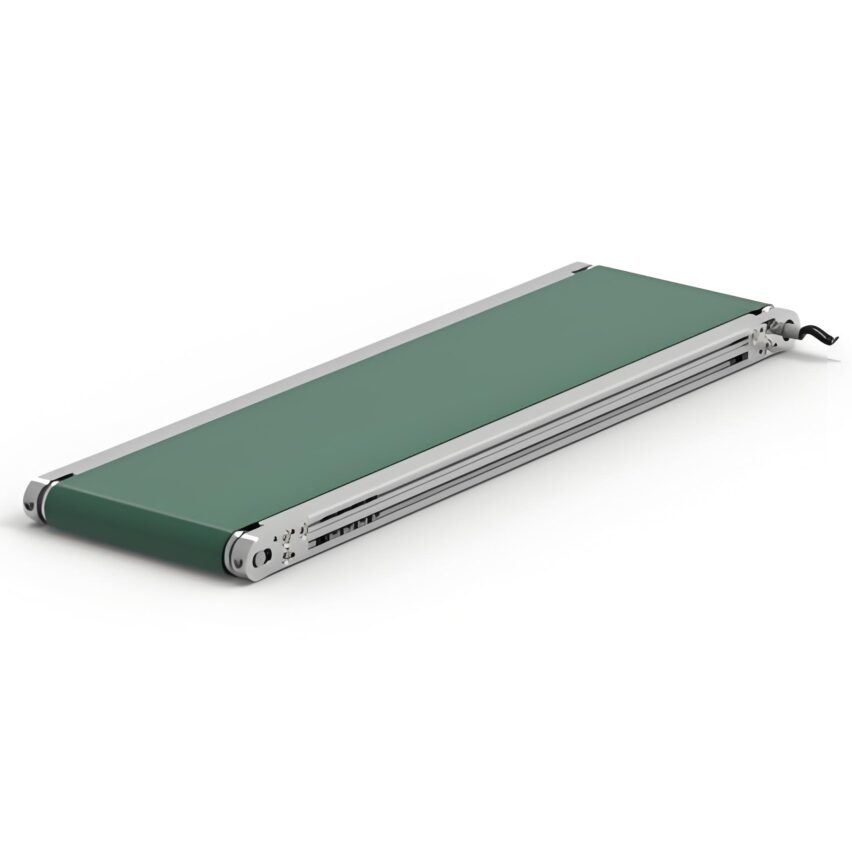How do drink bottles run fast and steady in a queue in a factory? What if they get dirty? Can't wipe them one by one, right? Today we will talk about the PET bottle chain conveyor.Efficient cleaning designrespond in singingSteady as an old dog conveyor performanceThe first thing you need to do is to read it and make sure you understand it!
I. Cleaning performance: flush and you're done!
Flush directly with waterIt is the most ruthless masterpiece! Food factory hygiene inspection how strict you know, this equipment can carry the whole body high-pressure water gun rinse, and even soak in the water does not lie down. Why so fierce? The key in the material and structure:
- Stainless steel chain plate: 304 or 316L stainless steel corrosion resistance, acidic and alkaline beverage residues are not afraid of rust, life easily 5 years +!
- Engineering plastic chain plate: lightweight anti-stick bottles, POM material chemical resistance, but be careful not to exceed 120 ℃ temperature (hot filling line with caution)
- No dead space designChain plate gap ≤1mm, the bottom of the bottle crumbs wash off, unlike the belt conveyor to hide dirt.
White question: will rinsing mess up the equipment?
Rest assured! The motor and bearings are fully sealed, just avoid the power zone when flushing. Weekly high-pressure water jet sweeps, monthly deep cleaning, bacteria want to take root? Not a chance!
II. Conveyance steady as a mountain: bottles lined up without fighting
PET bottle smooth like loach, ordinary conveyor belt is easy to card bottle pouring bottle? The chain plate machine relies on these three points to hold the dead:
- Flat chain plate surface: Low friction, bottle sliding steadily, labelling and filling accuracy ±0.5mm.
- Dynamic Differential Black TechnologyWhen multiple rows become single rows, the speed difference between left and right chain plates is 10%-20%, and the bottles are automatically pulled apart without being squeezed.
- Precise speed control: Frequency conversion motor speed regulation, recommended 4-10m/min (too fast easy to pour the bottle), synchronous error ± 0.1m/min
Ordinary Conveyor vs High Efficiency Chain Plate Machine
| sore point | General equipment | High-efficiency chain plate machine solutions |
|---|---|---|
| Multi-train to single-train | Bottles crammed into piles, jamming and stopping the machine | differential flow dividerStress-free transition |
| Dropping bottles at the turn | Centrifugal force flings the bottle | Magnetic Chain Plateanti-alias |
| Clean stops | Half a day of dismantling and washing affects capacity | Direct water flushing10 minutes. |
Third, the layout is so flexible that it is outrageous: cornering and climbing are all taken down
One line takes care of levelling, climbing and turning! Tight on space at the beverage factory? See how it sees the needles:
- Horizontal + Climbing Combination: Maximum tilt angle 35°, direct lift from filling to steriliser
- Turning radius ≥300mm: Small curved turns without bottle jamming, eliminating the need for transit equipment
- case studies in actionA fruit juice factory uses an "L-shaped layout" - a horizontal section to connect the labelling machine, turn and climb into the sterilisation line, saving two transfer machines.
White question: will the chain plate be bent by the bottle?
I'm not sure I'm right! The single metre load capacity is up to 500kg, and the stack of 5 layers of bottles is also very stable. Remember when selecting: width = bottle diameter x number of columns + 50mm redundancy (e.g. 100mm bottles conveyed in two columns, choose 250mm chain plate).
IV. Maintenance? Remember three tricks to save big money
Equipment life depends on maintenance, these three strokes beverage factory masters are using:
- Bearings greased every 3 monthsFood grade lithium grease No.2, fill the gap of 60%, life time up to 50,000 hours.
- Regular checking of chain tightness: Finger press the middle part of the chain, sagging ≤ 5mm, too loose will jump teeth card bottle
- Spare chain hoarding 10%: A factory lost $200,000 in 1 day of downtime due to lack of stock, a lesson in blood!
Personal opinion: don't just go cheap!
I've seen too many factories go with carbon steel chain plates to save money, only to have them corroded by lemon juice and covered in rust spots, and have to be replaced with new ones in six months.Food lines must be stainless steel.! The expensive bit of money is paid back by saving two repairs. And yeah, do a deep clean once a month - remove the chainplates and soak them in 70C lye water for 1 hour, all the stubborn stains break down, much more cost effective than hiring someone to scrub them.
One last rant.Modular design is the way to go! Now the new type of chain plate like Lego, which piece is broken to change which piece, without the whole machine downtime. You say this efficiency, bar none!


